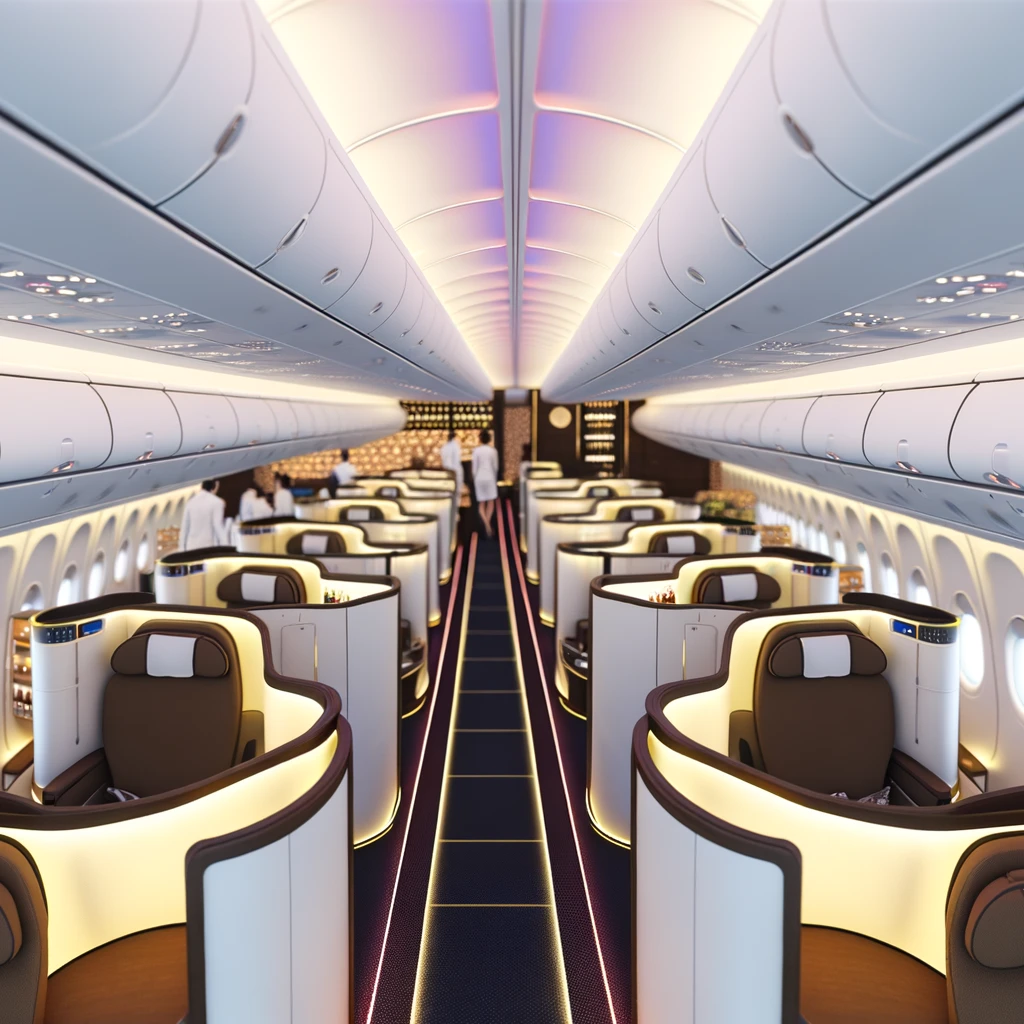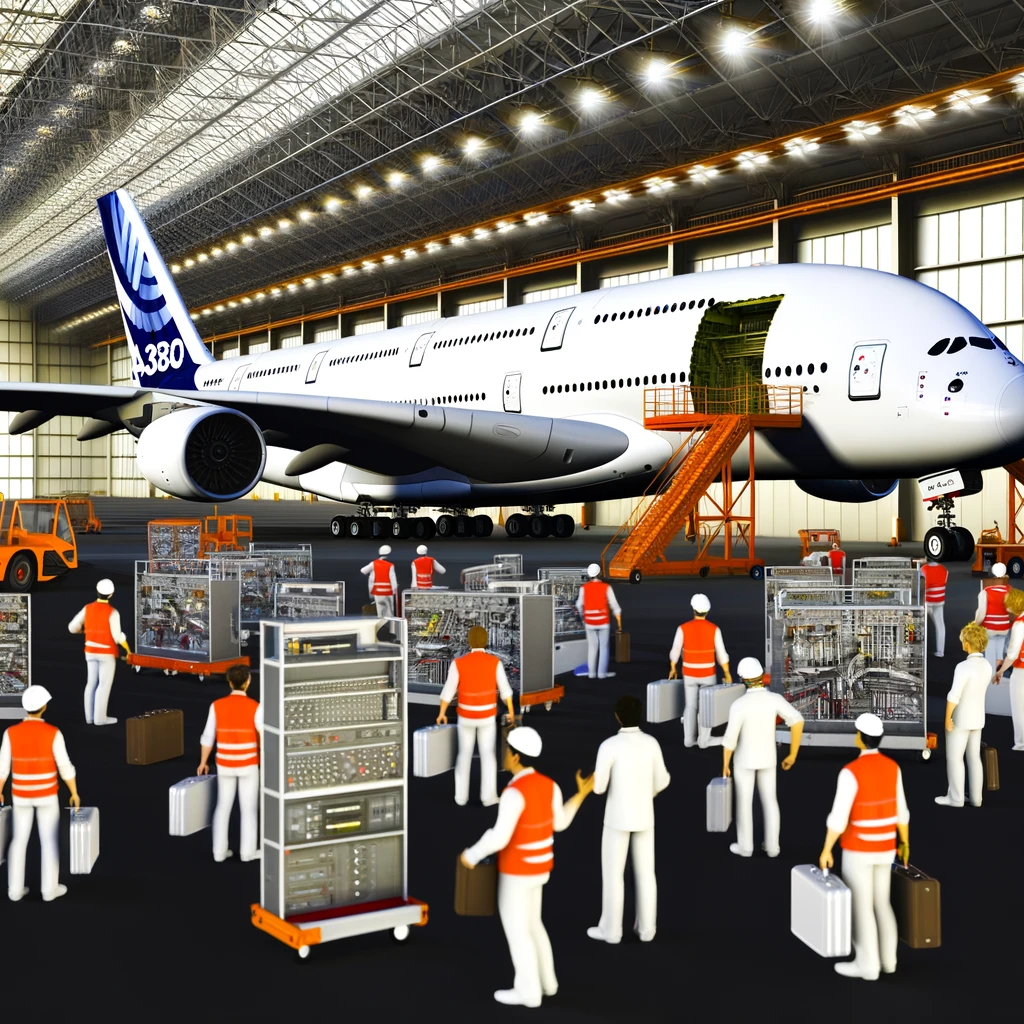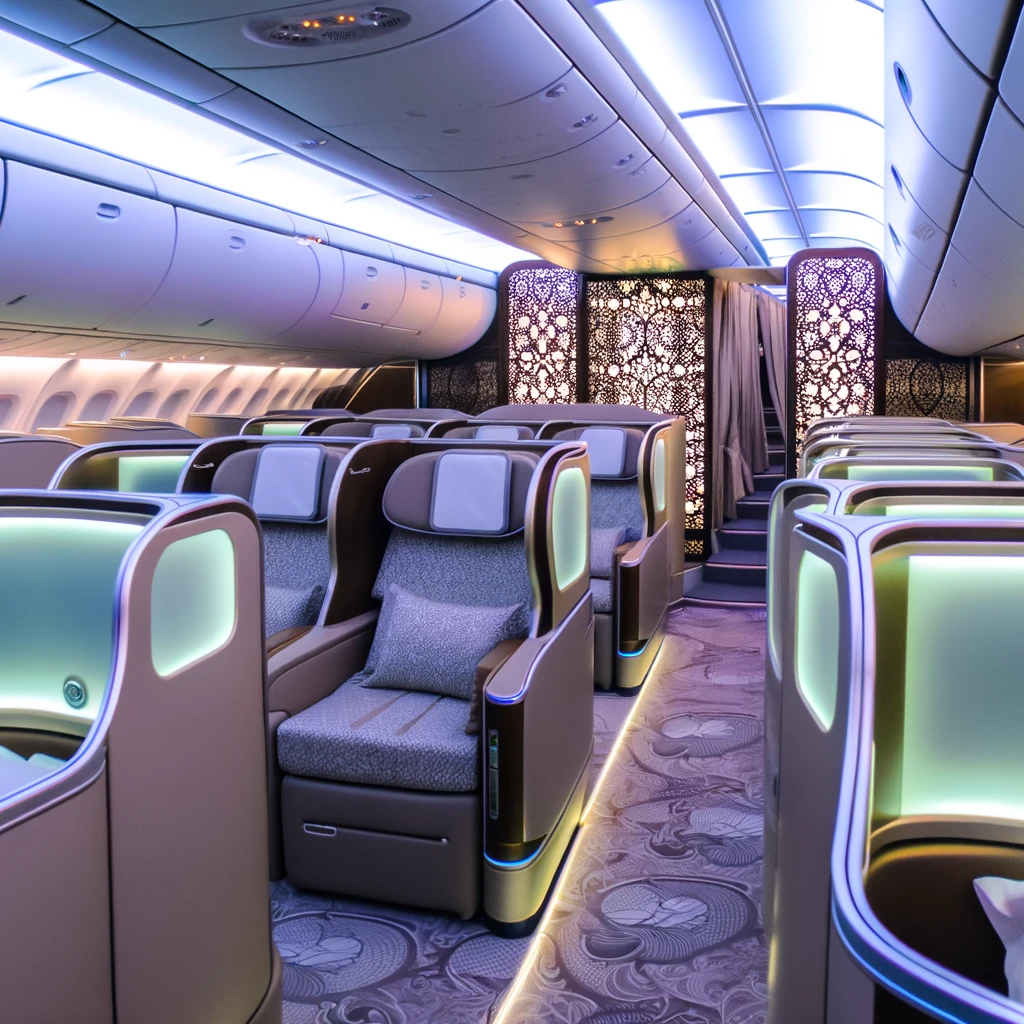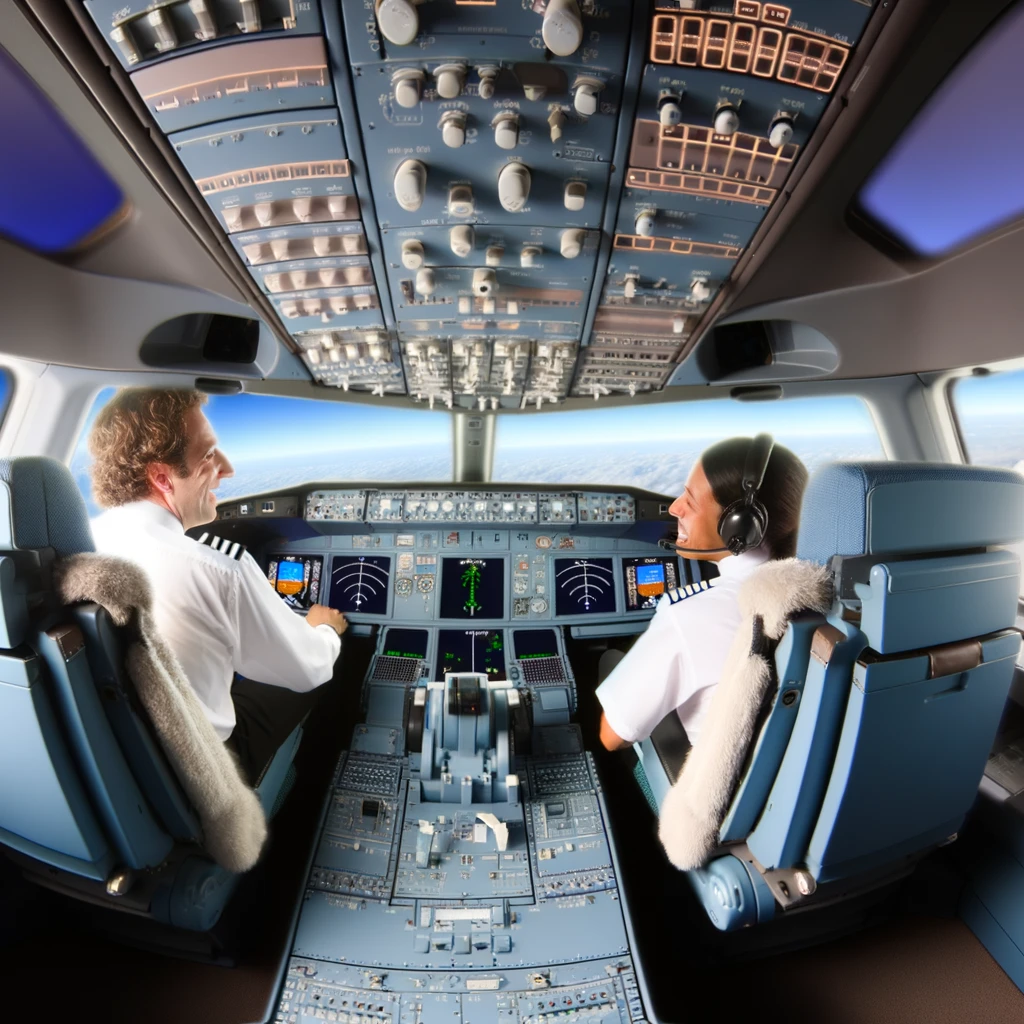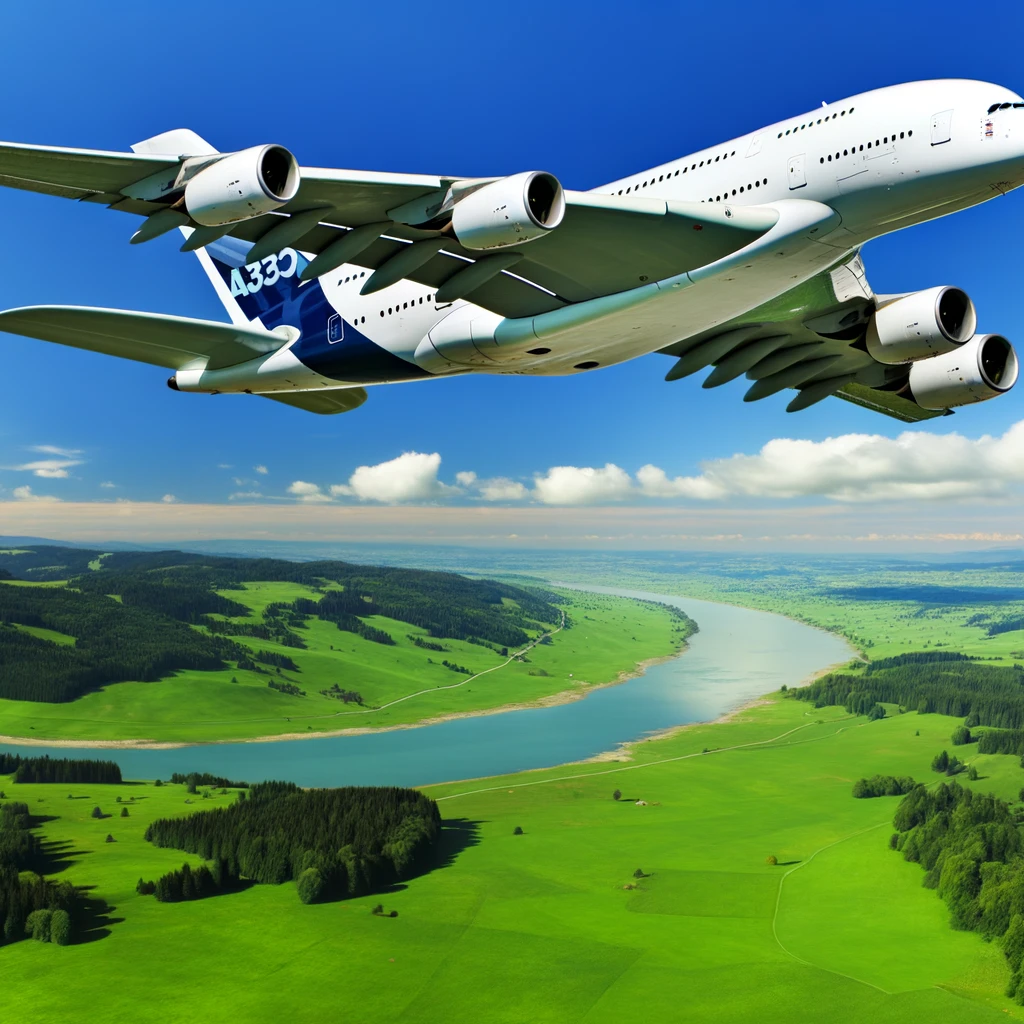
Sustainable Skies: The Airbus A380's Eco-Friendly Innovations
The aviation industry is at the forefront of technological innovation, striving to balance the increasing demand for air travel with environmental sustainability. The Airbus A380, one of the world's largest passenger airliners, is leading the charge with its eco-friendly innovations aimed at reducing the carbon footprint of air travel.
Introduction to the Airbus A380
The Airbus A380 is a marvel of modern engineering, designed to carry more passengers while consuming less fuel per passenger than any other aircraft in its class. Introduced in 2007, the A380 was initially lauded for its size and capacity. However, in recent years, it has garnered attention for its commitment to sustainability.
Eco-Friendly Design Features
One of the key eco-friendly features of the A380 is its aerodynamic design. The superjumbo is equipped with advanced wing structures that reduce drag, thereby improving fuel efficiency. The use of lightweight composite materials further enhances its performance, allowing it to achieve up to 20% more fuel efficiency compared to older models.
Efficient Engines
The A380 is powered by Rolls-Royce Trent 900 or Engine Alliance GP7200 engines, both of which incorporate state-of-the-art technology to reduce emissions. These engines are designed to be quieter and more fuel-efficient, significantly lowering the aircraft's environmental impact. They are also compliant with the latest International Civil Aviation Organization (ICAO) standards for nitrogen oxide emissions.
Innovative Fuel Alternatives
Airbus has been actively exploring sustainable aviation fuels (SAF) for the A380. These fuels, derived from renewable sources, can reduce life-cycle carbon emissions by up to 80% compared to traditional jet fuel. Airbus has successfully conducted test flights using SAF, demonstrating the A380's capability to operate on cleaner fuel alternatives.
Operational Efficiency
Beyond technical innovations, the A380's operational efficiency contributes to its sustainability credentials. The aircraft is designed to carry more passengers, which means fewer flights are needed to transport the same number of passengers, reducing overall emissions. Moreover, advanced navigation systems and flight management technologies allow for more efficient routing and fuel consumption.
Cabin Innovations
The A380 offers a range of innovations within its cabin that contribute to its environmental impact. For instance, advanced lighting and air conditioning systems reduce energy consumption. The aircraft's design also allows for a quieter cabin environment, which is beneficial for both passengers and surrounding communities.
Conclusion: A Future of Sustainable Aviation
The Airbus A380 is a testament to the aviation industry's commitment to sustainability. Its eco-friendly innovations not only reduce the environmental impact of air travel but also set a standard for future aircraft designs. As the industry continues to evolve, the A380 remains a symbol of progress, showcasing how technology and environmental responsibility can coexist in aviation.
With ongoing advancements and a dedication to sustainability, the Airbus A380 is truly paving the way for a greener future in the skies.
Related Articles
